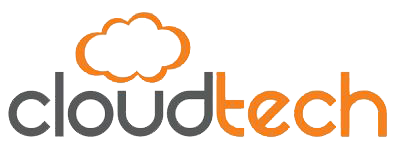Given the continued threat of COVID-19 despite the administration of vaccines in many places, more companies of different sizes in different industries are considering using remote set-ups today and even into the long term.
Consulting firm Deloitte conducted a survey among chief financial officers of 113 large companies in North America. Deloitte’s Jon Raphael shared three basic insights and techniques that will help companies and finance professionals make remote working as effective as the traditional manner.
- Focus on what matters.
Remote work can be much easier for an entire organization especially when they have well-practiced project management and technology capabilities. The result of having clarity, collaboration, flexibility and anticipation is consistency for the professionals. Clients will also have both confidence in management and sustained connection with them. These are crucial in these volatile times.
The use of cloud computing has allowed professionals to have a virtual workspace across the globe. These professionals are able to share their ideas and enjoy visibility over their progress coming from a single platform of accurate information. What makes this great is that professionals can work at their own schedule — they can work asynchronously or in real-time.
Meanwhile, agile principles focus on people rather than processes. It places emphasis on iterative planning and incremental delivery of working software. Raphael said that agile organizations aim to meet business objectives and deliver value early and often. By focusing on incremental changes and proactive communication, short daily “stand-up” meetings keep everyone on the same page.
2. Make work portable across time and space.
The pandemic made many business organizations create their stand up virtual workspaces, messaging applications, conference calls, and other tools to collaborate. Companies tried to enhance security and workplace policies to accommodate remote work. They discovered that this is not just about having the infrastructure for offsite work. It is for the enablement of the future of work itself.
Emphasize digitization. Some organizations still do manual work products, and the fact is, these paper documents are still common. A steadfast push to digitization is required in order to have the consistency, scalability, and repeatability which is necessary for an effective work-from-anywhere environment.
3. Don’t forget the human factor.
“Processes can be optimized for virtual work, and functionality can be platformed to create a dynamic, work-from-anywhere experience for professionals and clients,” Raphael said. But what about the human side?
Respect boundaries. Individuals always need a balance of work and disengagement with work itself. “Individuals need room to pause, reflect, think and focus to get their own work done with balance.” This should be respected and encouraged for the professional’s long term well-being.
Promote well-being. Endless conference video calls can be draining and it could lead to feelings of disconnection from work and coworkers. Employers can provide assistance with the resources for an employee to maintain work-life balance. Raphael suggests setting up an appropriate home office while providing all-hands discussions about well-being, mental health, meditation and even home-based exercise. Having time for casual conversations between coworkers and having friendly competitions in other activities are also encouraged to promote well-being.
Flexibility and resilience are key in this kind of new environment. The digital transformation will never be over. Opportunities are constantly changing and the threat of unforeseen situations will always remain. But empowering your workforce to manage the unpredictable and unexpected by being equipped with the right tools will help the stability of the course of business.
